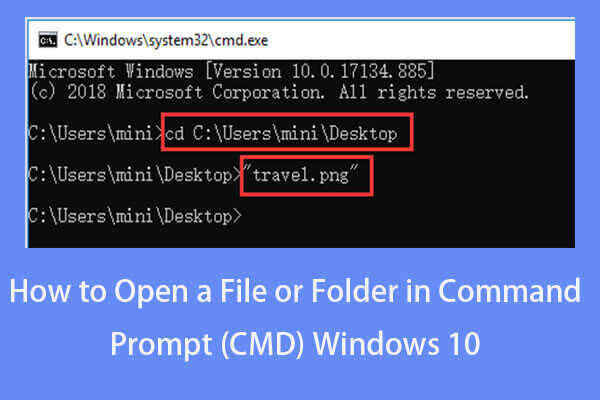

Basically, a third-party Terminal for Mac that acts like Finder.įor Mac monitoring features, try iStat Menus. MacPilot allows getting access to over 1,200 macOS features without memorizing any commands.

If Terminal feels complicated or you have issues with the setup, let us tell you right away that there are alternatives. If you don’t like the black text on a white background, go to the Shell menu, choose New Window and select from the options in the list. If you want to make the window bigger, click on the bottom right corner and drag it outwards. Bash stands for "Bourne again shell." There are a number of different shells that can run Unix commands, and on the Mac, Bash is the one used by Terminal. In the title bar are your username, the word "bash," and the window's dimensions in pixels. You’ll see a small window with a white background open on your desktop. To open it, either open your Applications folder, then open Utilities and double-click on Terminal, or press Command-space to launch Spotlight and type "Terminal," then double-click the search result. The Terminal app is in the Utilities folder in Applications. These three methods should allow you to quickly create text files at the Linux terminal, whether you need to enter text into them immediately or not.Curated Mac apps that keep your Mac’s performance under control. You are given no indication that the file was created, but you can use the ls command to verify the existence of your new file: ls -l sample.txt To create a new file, type the following command at the terminal prompt (replacing “sample.txt” with whatever file name you want to use), and then press Enter: > sample.txt We’re including it for completeness, and also because if you’re just creating a single file, it does offer the least typing. Unlike the touch command, though, creating a file using the redirect symbol only lets you create one file at a time. Like the touch command, creating a file this way does not let you enter text into the file right away. If you use it without a preceding command, the redirect symbol just creates a new file.

You can also create a text file using the standard redirect symbol, which is usually used to redirect the output of a command to a new file. Create a Text File Using the Standard Redirect Symbol (>)

Touch sample1.txt sample2.txt sample3.txtĪgain, you’re shown no indication that the file was created, but issuing a simple ls command shows that the files are indeed there:Īnd when you’re ready to add text to your new files, you can just use a text editor like Vi. Just add as many extra file names (separated by spaces) as you want to the end of the command: You can also create multiple new files at once with the touch command. You can use the ls command to verify the existence of your new file: ls -l sample.txt Notice that you are given no indication that the file was created you’re just returned to the prompt. To create a new file, type the following command at the terminal prompt (replacing “sample.txt” with whatever file name you want to use), and then press Enter: touch sample.txt The touch command is handy for quickly creating files you intend to use later. Another big difference is that the touch command lets you create multiple new files with a single command. One difference between using this command and the cat command we covered in the last section is that, while the cat command lets you enter text into your file immediately, using the touch command does not. You can also create a text file using the touch command. Just type the following command at the prompt, and then press Enter: cat sample.txtĬreate a Text File Using the Touch Command You can also use the cat command to view the contents of your file.


 0 kommentar(er)
0 kommentar(er)
